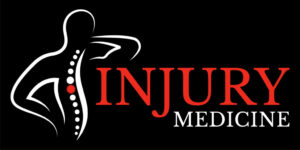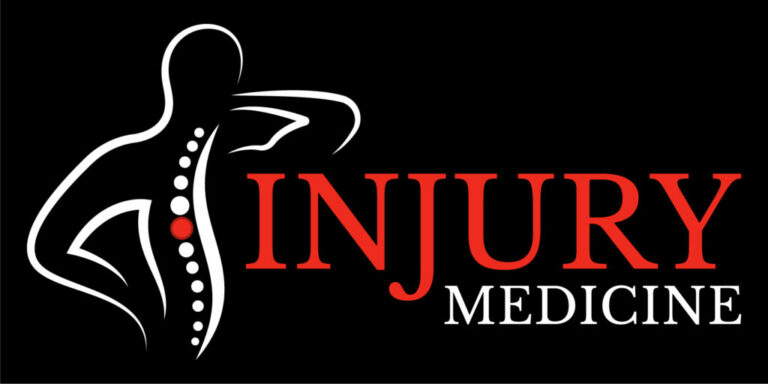Medical Definition of Sprain:
A sprain is a common musculoskeletal injury that occurs when the ligaments connecting two or more bones are stretched or torn. Ligaments are tough, fibrous tissues that stabilize and support joints, and they can be found throughout the body. Sprains are most often associated with joints like the ankles, knees, wrists, and fingers. The severity of a sprain can vary from mild stretching of the ligament fibers (Grade 1) to partial tearing (Grade 2) or complete tearing (Grade 3) of the ligament.
Common Signs and Symptoms of a Sprain:
Sprains are characterized by several common signs and symptoms, including:
Pain: Individuals with a sprain typically experience pain at the site of the injury, which can range from mild to severe.
Swelling: Swelling or edema is a common response to a sprain and can be accompanied by warmth and redness at the injury site.
Bruising: Bruising or ecchymosis may develop due to bleeding beneath the skin caused by damaged blood vessels.
Limited Range of Motion: A sprain can lead to a reduced range of motion in the affected joint due to pain and swelling.
Instability: In severe sprains, individuals may feel that the joint is unstable or “gives way” when attempting to bear weight or move the joint.
Importance of Sprains in Medicine:
Sprains are medically significant for several reasons:
Pain and Disability: Sprains can cause significant pain and discomfort, often leading to temporary disability and the need for medical attention.
Risk of Complications: If not properly managed, sprains can lead to complications, such as chronic pain, instability, or recurrent injuries.
Rehabilitation: Rehabilitation, including physical therapy, is a crucial part of the treatment process for sprains. It helps individuals regain strength, flexibility, and function in the affected joint.
Prevention: Understanding the causes and risk factors for sprains can help individuals take preventive measures to reduce the likelihood of injury.
Legal Implications of Sprains:
Sprains can have legal implications in various contexts, particularly in cases involving personal injury claims, workers’ compensation, disability determinations, and issues related to negligence or premises liability. Here are some key legal considerations:
Personal Injury Claims: Individuals who sustain sprains due to accidents, falls, or incidents may pursue personal injury claims to seek compensation for medical expenses, pain and suffering, lost wages, and disability.
Workers’ Compensation Claims: Employees who suffer work-related sprains may file workers’ compensation claims to receive benefits, including medical coverage, disability payments, and vocational rehabilitation.
Disability Claims: Individuals with severe or recurrent sprains that result in significant impairments may file disability claims to access government or private disability benefits, providing financial support if their condition prevents them from working.
Premises Liability: Property owners or operators may be held liable if a sprain occurs due to hazardous conditions on their premises, such as uneven walkways or slippery floors. In such cases, premises liability claims may be pursued.
Legal Considerations for Sprain Cases:
Several legal considerations apply to cases involving sprains:
Medical Documentation: Thorough and accurate medical documentation, including diagnostic imaging, treatment plans, and progress reports, is crucial for personal injury claims, workers’ compensation cases, and disability claims related to sprains.
Expert Testimony: Medical experts, including orthopedic specialists, physical therapists, or rehabilitation specialists, may provide expert testimony to assess the individual’s condition, functional limitations, and the impact on their daily life.
Rehabilitation: The importance of rehabilitation and physical therapy in the recovery process may be a key component of legal cases involving sprains, particularly in disputes over the necessity and adequacy of treatment.
Workers’ Compensation Regulations: Compliance with workers’ compensation regulations and requirements is essential for employees seeking benefits for work-related sprains.
Conclusion:
A sprain is a common musculoskeletal injury characterized by the stretching or tearing of ligaments connecting bones at a joint. In legal contexts, sprains can have implications related to personal injury claims, workers’ compensation, disability determinations, premises liability, and issues related to negligence. Legal considerations in sprain cases include medical documentation, expert testimony, rehabilitation, and compliance with workers’ compensation and disability regulations. Adequate legal and medical support is essential for individuals with sprains to navigate potential legal challenges successfully and access the care and benefits they need.

